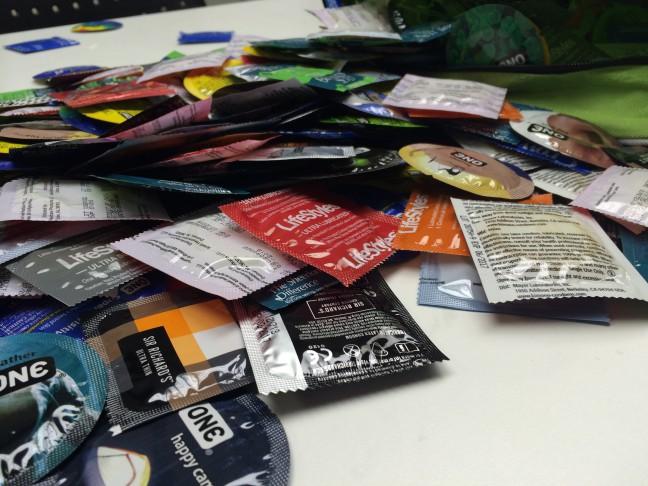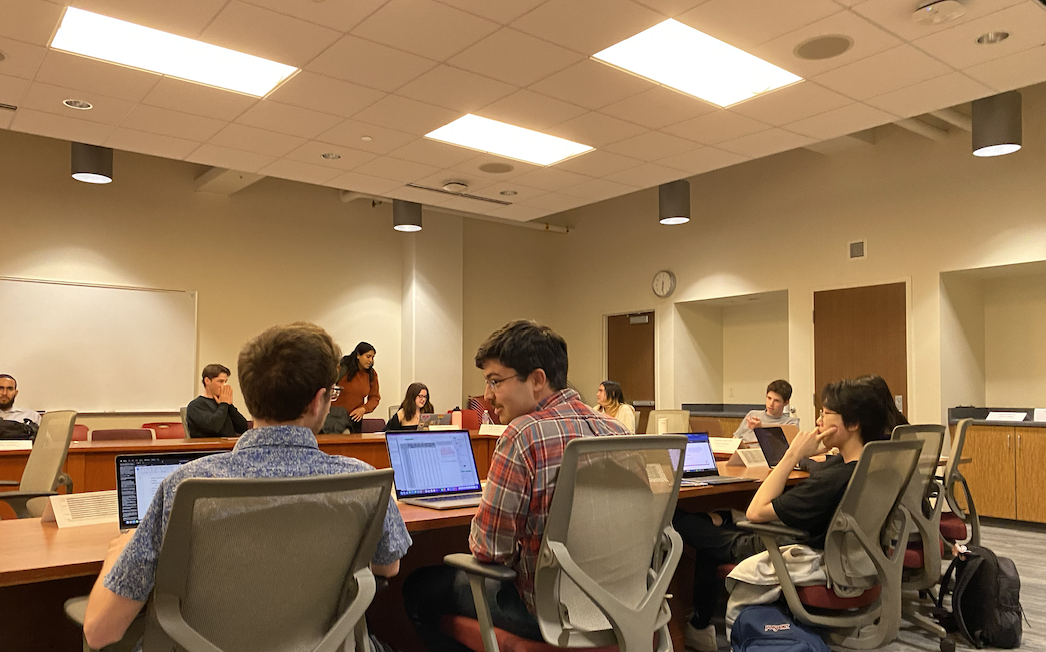Numbers released Tuesday from the Center from Disease Control and Prevention show STIs reached an all-time high nationally in 2014. But in Wisconsin, the number of reported STIs has been on a steady decline since 2009.
In Wisconsin, STIs are most common among college-aged groups, according to numbers from the Wisconsin Department of Health Services. In 2014, the highest number of reported STIs — nearly 40 percent — occurred in those who were 20-24. This was only rivaled by STIs reported by the 15-19 age group, which accounted for nearly 30 percent.
UW senior and Sex Out Loud program facilitator Rachel McDonald said STIs are more common than people think. For example, a cold sore is a type of herpes, making it an STI, she said.
“If you go into a lecture hall and there’s 400 people there, statistically speaking, 200 of them will probably have some kind of STI in their life,” McDonald said.
Trojan says UW’s sexual health ranking dropped, UW experts disagree
There are more than 250 cases of STIs reported at University Health Services clinic each year, and this number doesn’t even account for the students who go to family physicians or to other clinics such as Department of Public Health testing sites, William Kinsey, UHS medical services director, said.
The amount of reported cases of the top three STIs — syphilis, chlamydia and gonorrhea — have increased every year since 2009, according to the 2014 report by the CDC. The only year this wasn’t true was in 2013, when the number of reported cases of gonorrhea dropped slightly.
Though this seems to indicate that the prevalence of STIs is increasing, this could be because clinics are improving in diagnosing the STIs in addition to more people reporting them, Kinsey said.
“We are more accurately measuring the problem and because of that, we are seeing higher rates,” Kinsey said. “I don’t think it’s really that the rates are changing that dramatically from historic levels.”
STI rates in Wisconsin were at a four-year low in 2014 — the most recent year available for STI statistics — according to data from the Department of Health Services.
On UW’s campus, there are lower numbers of serious STIs such as HIV and gonorrhea, McDonald said.
The most common STI on UW’s campus is chlamydia, which if left untreated, can cause infertility in women, McDonald said. HPV was previously the most common, but has gone down since the introduction of the vaccine Gardasil, she said.
For those who are concerned they might have an STI, UHS offers free testing. McDonald said Sex Out Loud also offers free condoms.


















